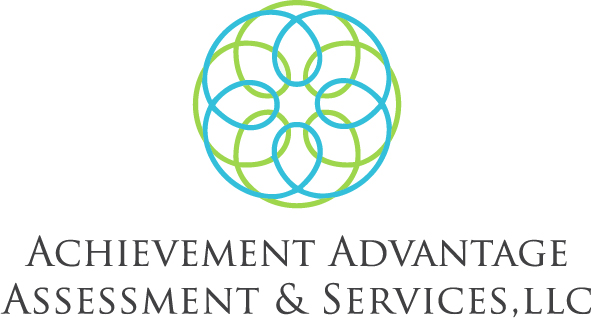Last week, we discussed the teaching principles of structured literacy. This week, we will discuss the instructional elements that are taught to students participating in structured literacy programs.
Phonology
Phonology is the study of the structure of spoken words. One of the key elements of phonology is phonemic awareness. Phonemic awareness is the ability to distinguish between sounds in words, segment sounds in words, blend sounds in words together, and manipulate sounds in words such as sound deletion. These are foundational skills to strong reading and spelling skills.
Sound-Symbol Association
Once a student is able to manipulate sounds in spoken words, the next step is to master the ability to map sounds (phonemes) to written letters (graphemes) known as the alphabetic principle. In structured literacy programs, students are taught to match letters to sounds which is essential in reading and match sounds to letters which is essential in spelling.
Syllables
Structured literacy programs teach students the six syllable types in the English language. Knowledge of the syllable types allows the student to know the appropriate vowel sound for reading and spelling. Not only are the six syllable types taught, rules of how to divide words into their syllables are also taught to facilitate reading and spelling of multisyllabic words.
Morphology
Morphemes are the smallest unit of meaning in the English language. Prefixes, suffixes, and Latin and Greek base words are all studied for reading, spelling, and meaning. Knowledge of morphology facilitates reading, spelling, and knowledge of the meaning of complex words.
Syntax
Syntax is the set of rules that dictate the function of words in a sentence and the appropriate sequence of those words. This includes the rules of grammar, sentence structure, and the mechanics of written language.
Semantics
Semantics is related to the meaning of language. From the beginning of a structured literacy program, instruction in the comprehension of written language is incorporated.
Both the teaching principles and instructional elements of structured literacy programs are based on the Orton-Gillingham Approach. Some of the most popular programs based on the Orton-Gillingham Approach are the Wilson Reading System, Barton Reading Program, and Lindamood-Bell Program. In Northeast Ohio, one of the most commonly utilized structured literacy programs is the Wilson Reading System. At Achievement Advantage, our tutors use the Wilson Reading System for our intervention services.
Join us next week as we give an overview of the skills that the Wilson Reading System explicitly teaches, how the program works, and qualifications you should look for in an instructor.

